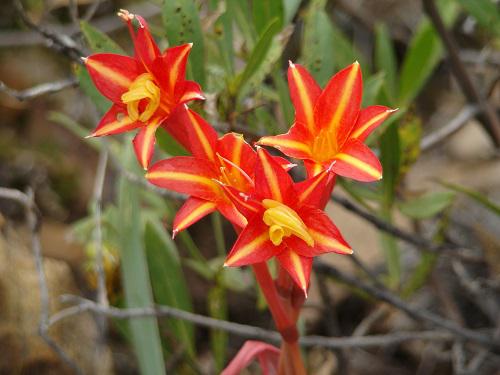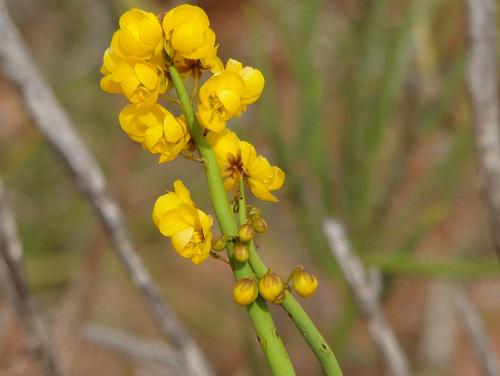Teresa Ortuno-Limarino
To assess the importance of shrub species for herb diversity in the arid Andes at different spatial scales.

Large parts of the Andes in Bolivia and Argentina qualify as arid or semi-arid. In arid and semi-arid ecosystems, shrubs and trees are important because they create spatial heterogeneity (patchiness), forming, together with open spaces of ground, a shrub-opening gradient. This usually allows many species to find the appropriate abiotic conditions in which to recruit and grow, thus improving local and regional diversity. Some species even seem to be entirely dependent on the physical conditions provided by the shade of shrubs. Moreover, the herb flora developed beneath shrubs might be important for the local fauna (as happens in other semi-deserts), both because of its biomass and for its different composition.

These are some of the reasons why conservation of shrubs and trees in arid regions is important. But that importance may vary according to the particular arid zone in which we are, the year in which observations are made or the species of shrub considered. We want to begin assessing the importance of shrubs for herbaceous diversity in a so far little known region of the arid Andes. Knowledge of the role of shrubs as nurse species in the arid Andes might be essential for conservation and appropriate management of these regions.
Several Prepuna localities will be visited in Bolivia and Argentina. In each of them, two microhabitats will be studied: open spaces and spaces below shrub canopies. Observations of the species present will be carried out with frequency quadrats (40x20 cm). Sampling points will be systematically located (every 5-10 m along a sampling line). Adult shrubs closer to the points will be selected and their herb flora will be sampled (presence/absence only) with one frequency quadrat. An open space close to the shrub will also be sampled in the same fashion. We will proceed in this manner up to attainment of an n = 50 (i.e., 100 per locality). Plants will be collected and photographed for identification. The influence of the shrubs at the patch, local and regional levels will be assessed.